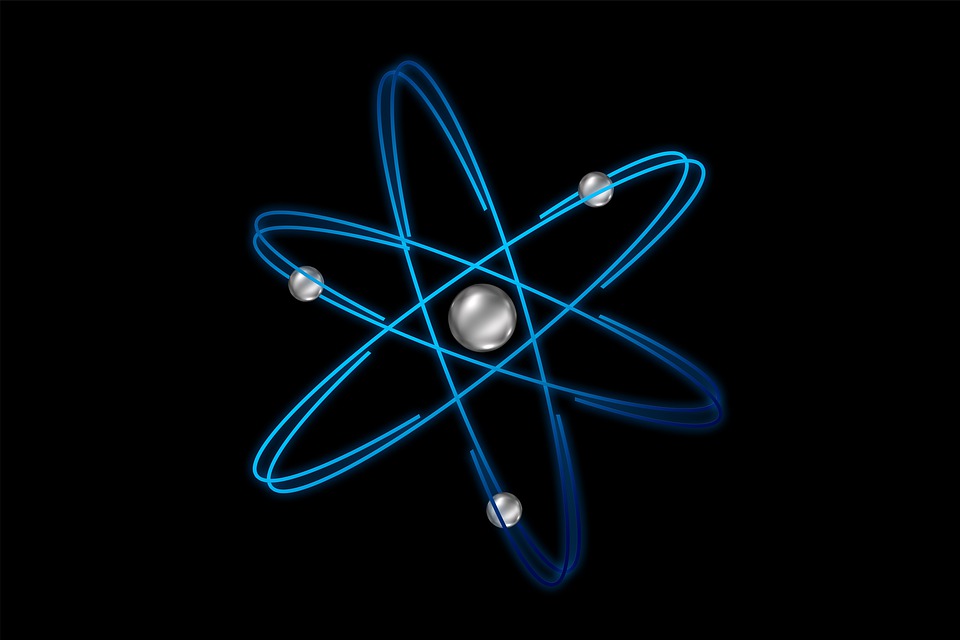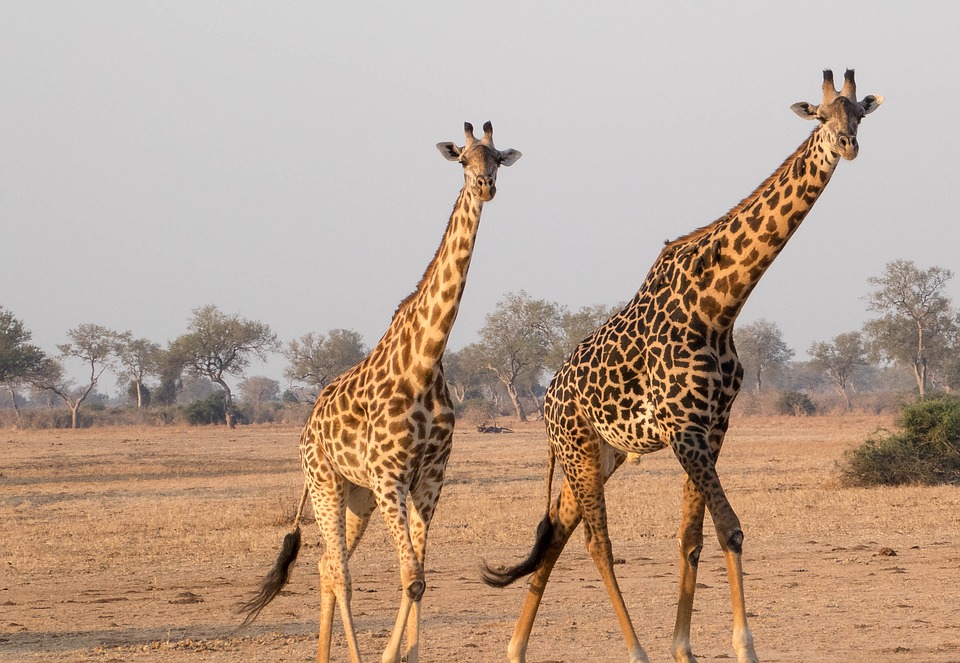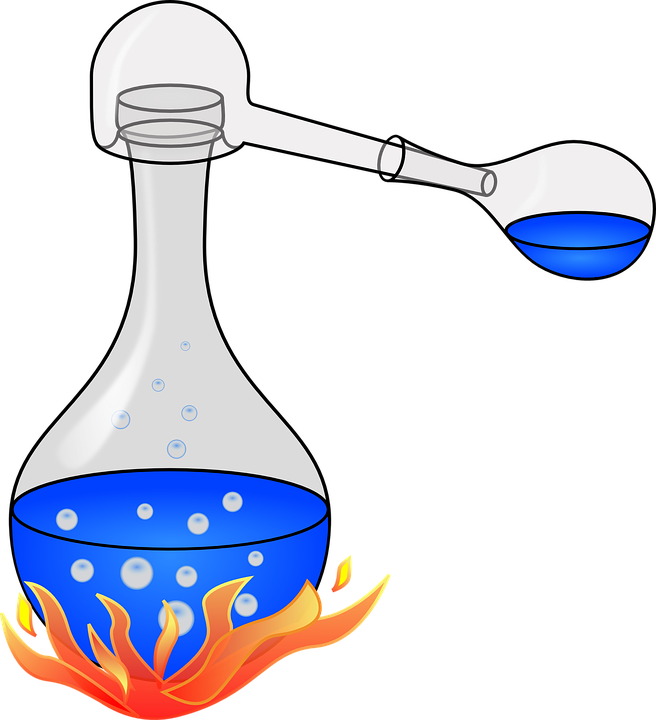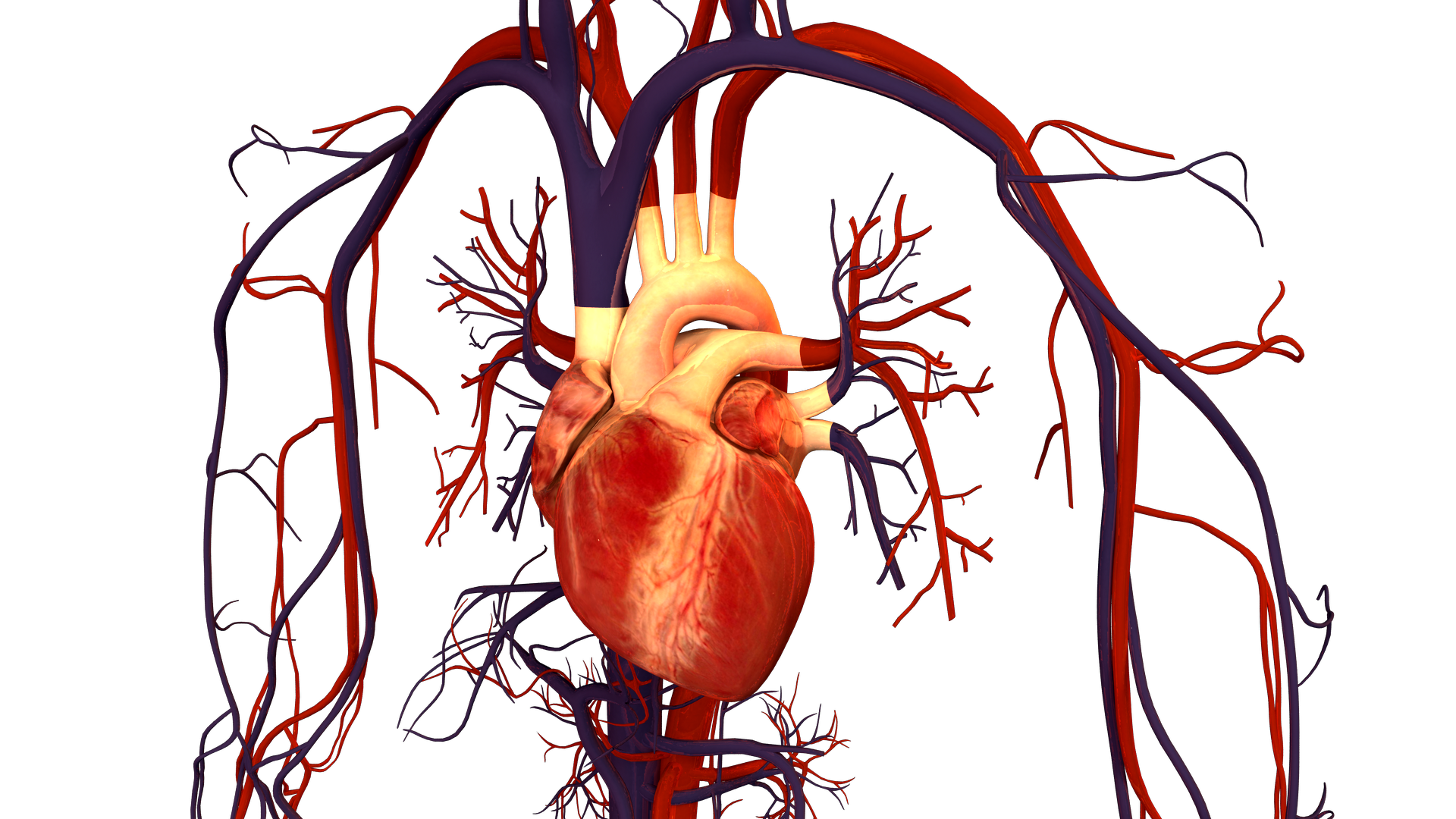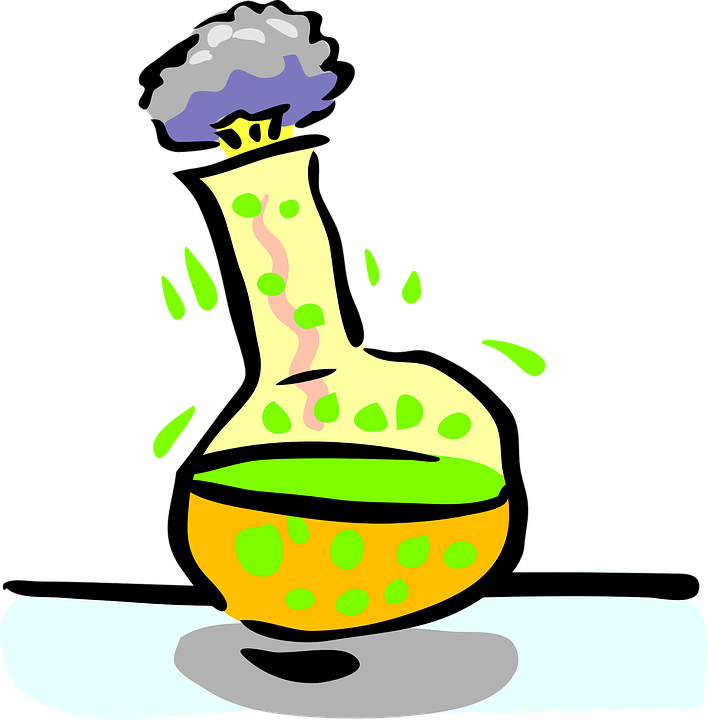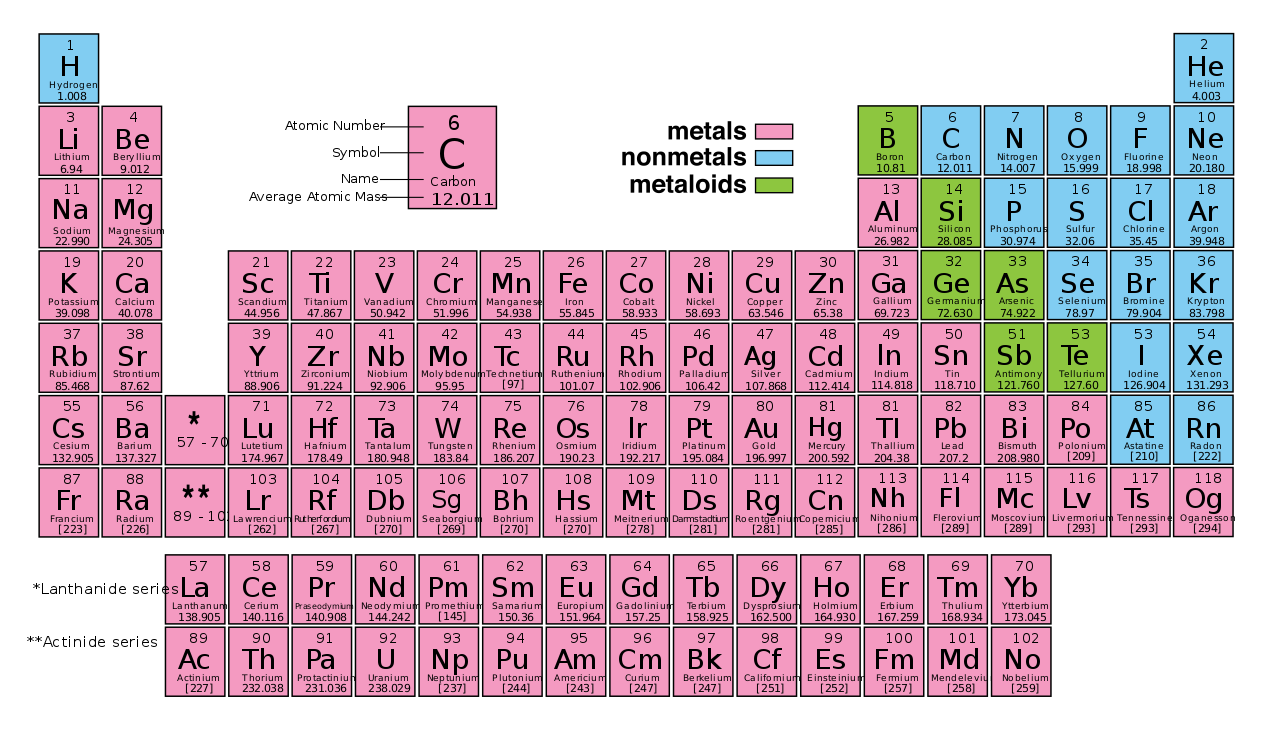All molecules are held together by bonds. These bonds come in different lengths, strengths, and numbers, but they all share one thing in common: energy. All bonds store energy which…
read moreBohr-Rutherford diagrams are simple atomic models that show the number of electrons in each shell of an atom. While they are a major simplification of what really happening in an…
read moreAtoms. What are they? If you are taking Chemistry then you should know that they are the basic building blocks of all matter. You may have also learnt that the…
read moreNatural selection is defined as a process or a “force” that allows for organisms better adapted to their environment to better survive and produce more offspring. The theory of natural…
read moreA difficult concept in chemistry is the equilibrium of chemical equations. Chemical reactions do not always react to completion, and they can proceed in either direction if it is written…
read moreThere are multiple organ systems in the human body that work together to keep us alive. One of these systems is the circulatory system. The major components of the circulatory…
read moreThere are several different types of forces that exist. One way of categorizing different forces is into contact and non-contact forces. A contact force requires something to be physically touching…
read moreThere are various types of chemical reactions that occur in chemistry, but many reactions tend to follow 1 of 5 main types. Becoming familiar with these types of chemical reactions…
read moreThe Hardy-Weinberg equilibrium is a model that proposes allele (variations of a gene) and genotype (genetic makeup) frequencies within a population remain constant when the population is in equilibrium. If…
read moreChemistry isn’t restricted to things that happen in the lab. In fact, everything on this planet is made up of atoms – the same 118 (or more) elements that are…
read more



